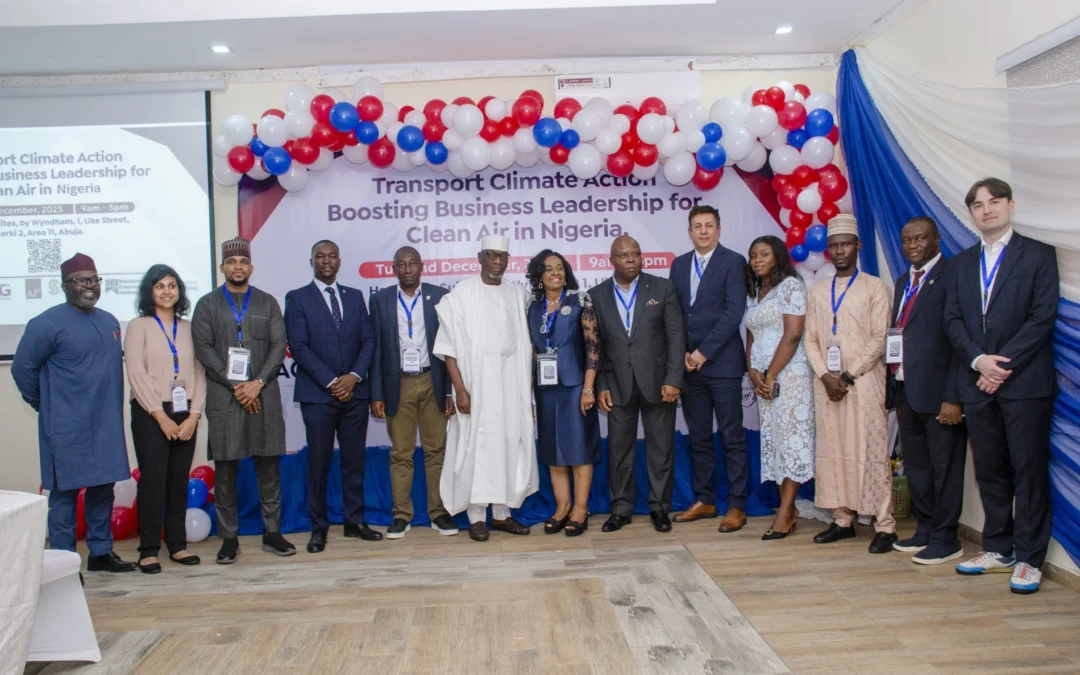 Interview with Gunjan Parik, Director of Transport Initiative at C40 Cities Climate Leadership Group
Interview with Gunjan Parik, Director of Transport Initiative at C40 Cities Climate Leadership Group
SLoCaT: Transport related GHG emissions keep rising. What holds back more effective action that can change the trend and reduce transport related GHG emissions in the short and medium term?
According to the recent IPCC Working Group III report on mitigation, the transport sector accounted for 27% of final energy use in 2010, and baseline CO2 emissions from the sector could approximately double by 2050 if unchecked. The road sector currently dominates transport emissions, and the focus needs to be on more joined-up policies and projects that can help reduce these.
In recent years, transport actions in C40 cities have included new transport infrastructure (for example bus rapid transit schemes in Bogota, Rio de Janiero, Mexico City, Buenos Aires, Chicago etc., bike sharing programmes in Mexico City, London, Paris, New York, Washington DC), travel demand management measures (for example the congestion charge in London, Singapore, Milan and Stockholm, parking reform in Paris, Buenos Aires etc.) and cleaner vehicle programmes (for example the electric car sharing programme in Paris, electric taxi programmes in Amsterdam and Bogota etc.). These projects have all had a focus on reducing trips or shifting them to cleaner vehicles or modes of transport, and have all been achieved in relatively modest timeframes.
These cities also have one thing in common – they have been collaborating with each other to transfer knowledge, jointly develop solutions, mentor fellow cities, and hold each other accountable to action through C40 networks. C40 cities have participated in 140 interactions over the last year, across 50 countries, 20 time zones and 26 languages. This method of collaboration is working, as over 30 cities have accelerated or improved their approaches as a result of these collaborations through C40 networks.
However, challenges still remain – technical, financial, lack of capacity, and sometimes uncertainty about long-term policy. Therefore to scale these projects and programmes up further and support work of these city networks, institutional capacity and expertise that allows cities to plan and develop projects as well as financing mechanisms to fund them are necessary. These capabilities need to be expanded – both to more cities, and also to more projects in the cities that have made a strong start on sustainable transport projects, like the ones above.
SLoCaT: Can the Climate Summit initiated by SG Ban Ki-moon help advance work on Transport and Climate Change?
Absolutely. The C40 cities are committed to working together to address climate change, and are taking significant action on the ground to deliver much-needed emissions reduction better, faster, and more effectively. In 2013, 93% of C40 cities reported actions on transport – introducing new services, and improving and expanding existing ones to reduce greenhouse gas emissions. The networks are playing a key role in this delivery – over the past year for example, C40’s Low Emission Vehicles Network has formally hosted about 35 formal interactions, bringing together 23 cities to discuss topics such as electric charging strategy, car sharing programmes and taxi programmes through webinars, in person meetings, deep dive phone calls and other network activities. This sharing and collaboration is helping inform the development of strategies and projects for member cities around the world.
However, to avert catastrophic climate change, further increase in transformative policies, programmes and projects is needed, to expand out the work already being done by cities. The commitments being discussed at the Climate Summit can support the scaling up of these measures by making available the international climate finance and institutional capacity needed to deliver these emission reductions on the ground, as well as helping cities get further support from the private sector and national level governments.
SLoCaT: How can the different stakeholders present in the Climate Summit, business sector, government leaders and civil society,contribute to scale up the impact of the Climate Summit on transport and climate change?
The multitude of stakeholders present at the Climate Summit can make a positive contribution through greater transparency and engaging in dialogue about the barriers to sustainable transport on the ground, signing up to concrete commitments that help move towards delivering solutions, but also identifying opportunities to be better coordinated. There are a lot of lessons for this joint working from the C40 networks – cities have shown how they can overcome languages and time zones to share lessons, jointly develop solutions and hold each other accountable to action.
Cities will play a key role in the delivering the transport emissions reduction needed on the ground – financing institutions need to be better geared to serve them, and cities and national governments need to work in close cooperation. The C40 cities have collectively demonstrated that working together in partnership can deliver better and more lasting results on the ground – this is the message all stakeholders need to commit to.
SLoCaT: What is your personal engagement to work on Transport and Climate Change?
Having lived and worked in two very different megacities, Calcutta in India and then London in the UK, I have seen firsthand the difference a good transportation system makes to the lives of people on a daily basis. Poorly planned and managed systems contribute to congestion, delays and poor air quality in the short term but also to long-term climate change, which leaves these cities vulnerable to a range of climate risks. My experiences in these cities have left me with a keen desire to be a part of delivering transportation solutions that are well thought out and contribute to tackling these issues in the short but also the long-term. C40’s model of networks that allows cities to leverage their collective knowledge and build on each other’s work resonates very strongly with me, and I continue to look forward to scaling up good transportation solutions across these and many other cities through the networks.














